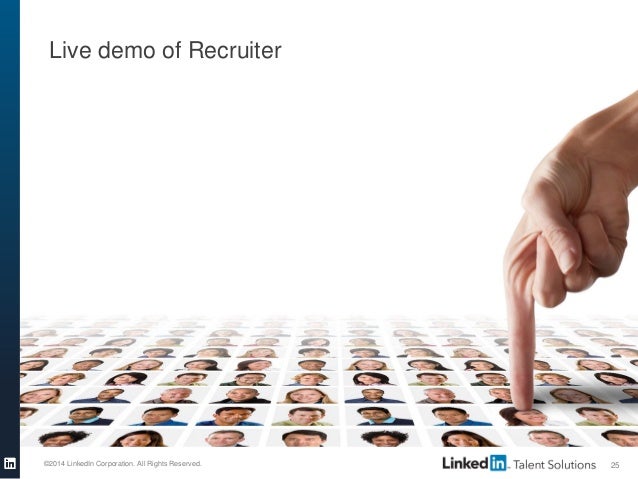

Utilising these parameters will nullify the chances of you spending an afternoon aimlessly clicking through a cyberspace directory of hit and miss candidates. You can search for people by job title, location and even what company they work for. LinkedIn offers a really useful search tool that allows for refinement on multiple levels. I may sound like Captain Obvious here, but the key to finding the right candidate is in how you search for them. How can you separate the stinky sock jelly beans from the bubblegum bottles? The key is in the search

How do you know which is the best? Some may look nice but actually taste like soap. You can see hundreds of delicious looking treats, but only choose one. Metaphorically speaking, LinkedIn to a recruiter is like a sweet shop to a kid. Even though contacting potential candidates (no matter where they are) has become easier, identifying the best candidates has become much harder. With the seemingly infinite growth of online social communities, access to relevant talent has never been so easy right? Kind of. Recruiting as a profession has evolved significantly over the last decade. This article will help to tackle such a problem, giving helpful tips on how to find that needle-in-a-haystack candidate. The very size of such a platform can also be a downfall though, as it can become hard to identify the highest quality professionals suited to your vacancies. With over 500 million users globally, LinkedIn offers a colossal online database of professionals looking to get noticed for their business acumen. If you’ve already read our article on the benefits of social media recruitment, then you will understand just how useful a tool like LinkedIn can be to recruiters.


 0 kommentar(er)
0 kommentar(er)
